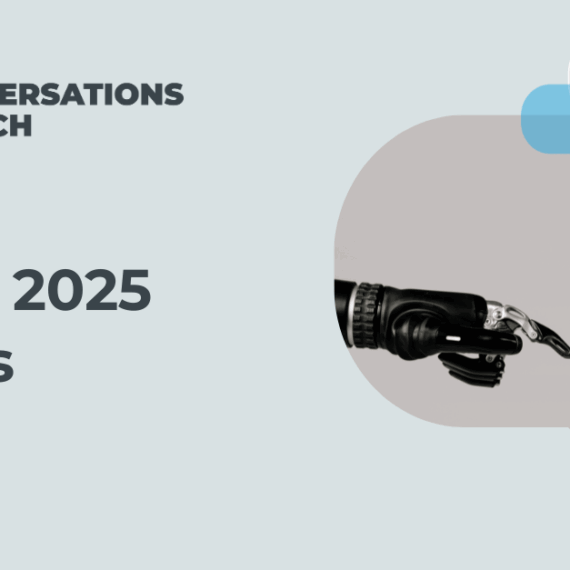Silicon Valley continues to be in the news for the wrong reasons.
Theranos is the leading culprit – though not the only one – and it’s important for Valley companies to track what’s happening in the broader communications environment. Crises rarely just impact one company. They tend to drag down a category of like companies (at least temporarily) and embolden (or guilt) outsiders to ask tougher questions.
To wit, this post provides a few important updates to last week’s post re: “media savvy” versus “media sensitive” responses to tough questions. How companies tackle small and large challenges tells you a lot about their culture, character and organizational maturity. Media-savvy companies navigate deftly to address, respond and learn continuously, while media-sensitive companies bury themselves in over- or under-reaction.
First and foremost, Theranos increasingly looks like the Enron of Silicon Valley. News broke yesterday that the company faces a class-action lawsuit for consumer fraud, with a second lawsuit filed today, after it voided two years of lab tests. Not terribly surprising.
What’s more shocking is the latest story by WSJ investigative reporters John Carreyrou and Christopher Weaver. The story dives into Theranos’ partnership with Walgreens, which shows step by step how Walgreens failed to test and validate the Theranos technology – despite initial attempts to do so – and then got suckered into letting Theranos run the labs within Walgreens but without Walgreens intervention.
For Walgreens, it appears that competitive pressures and a desire to innovate with Silicon Valley partners led to blind acceptance of Theranos’ claims. Executive egos and a changing cast of characters may have also contributed on the Walgreens side.
For Theranos, the maneuvering to limit Walgreens access to Theranos’ labs and technology is particularly remarkable. On one level, it befits a culture of secrecy and paranoia that SF Business Times reporter Ron Leuty has chronicled dating back to 2013. To quote Theranos CEO Elizabeth Holmes from one of their earlier court cases: “The company’s culture is such that confidentiality is the essence of its existence.”
Knowing what we know now, and the reported details of Walgreens interactions, it appears Theranos was blinded by its own paranoia – an extreme cultural embrace of Andy Grove’s “only the paranoid survive” motto. They then successfully convinced others to “just trust us” without verification, eliminating all the usual feedback loops. Alternatively, Theranos knew its technology didn’t work, and was trying to protect its secret until they figured out how to make it work. We may never know the full truth, but it’s a fascinating story – and a cautionary tale for Silicon Valley.
From a media perspective, both Carreyrou’s and Leuty’s reporting reflect how Theranos cherry-picked media to provide access (normal), while blatantly ignoring or dismissing other reporters (not normal) – presuming it can control the story externally. That cherry-picking streak carried forward in Theranos’ crisis management, making Holmes available for big-stage events and awards while dodging WSJ reporters – and ultimately offering up a belated “devastated” pseudo-apology via Maria Shriver and “The Today Show”.
Meanwhile, Theranos today continues to demonstrate its cognitive dissonance – trying to recruit 200 people, open a new lab in Pennsylvania, and hire a new executive assistant for Holmes – all while the home fires are burning.
For more perspective, I highly recommend Jason Calacanis’ in-depth podcast interview with reporters John Carreyrou. As Jason concludes at the 1:17 mark:
“When I look at this case, I am absolutely appalled at the number of people in our industry who are not saying publicly: This is insane. This is an embarrassment. And this person is really not part of the core Silicon Valley ecosystem. Because she doesn’t have the core Silicon Valley people around her. It’s this weird little bubble of the Henry Kissingers and her dad and whatever little cult is going on over there. This is not the behavior, I think, that represents the technology industry. I’m really appalled by her and the company, because it really is shedding an Enron and Bernie Madoff-like halo around the rest of the technology industry, which I think is largely run in a transparent, honest, upfront way.”
Beyond Theranos, a few quick notes on other Media Savvy vs. Media Sensitive cases:
Facebook continues to responsively address Trending Topic bias concerns, with new guidelines including review team oversight, refresher training, an expanded help center and updated terminology.
Tesla encountered good and bad news this week re: Autopilot usage, while Elon Musk hired a battery researcher to do “whatever it takes” to improve performance – which some see as proof that Tesla is becoming more responsive (and more media savvy).
Palantir is offering to buy up to $225M in stock from employees – good news for those employees who are working hard to build the company while it stays private – but still no company response to reporters re: customer and employee losses.
Of course, media savvy and media sensitivity isn’t limited to Silicon Valley. We have this dunderheaded move from the NFL’s Buffalo Bills, telling reporters what they can and can’t tweet while watching Bills’ practices. Which reminds us not to under-estimate reporters’ ability to get creative…






